This Florida downtown is having a baby boom as families with young kids take over
Published in Parenting News
FORT LAUDERDALE, Fla. -- Two of downtown Fort Lauderdale’s newest residents enjoyed a sunny stroll on the Riverwalk. The weather was warm, neighbors walked their dogs and downtown’s many construction sites boomed with noise.
None of the hubbub seemed to bother Jade and Journey. They’re 5-week-old twin sisters who napped peacefully as their mother Jayme Callahan pushed the double decker stroller down the sidewalk.
“It’s a good idea,” Callahan, 40, said of raising a family in downtown Fort Lauderdale. “We were actually going to move out towards the suburb area, but we really like it down here. It’s just convenient for everything. We can go out on walks midday. And we’re pretty safe down here, too.”
Data collected from Fort Lauderdale’s Downtown Development Authority confirms what many residents have noticed in recent years. Downtown Fort Lauderdale, which was once the spot for retirees and beach bums in the ‘90s, is now becoming populated with young families.
Callahan, who moved to downtown three years ago for her work as a paralegal, noticed the trend in her own apartment building where many of her neighbors are raising toddlers.
“Especially in our building, you wouldn’t really think that since we have a younger crowd, everything’s centered around health, wellness, run clubs and things like that,” she said. “But we have a lot of families.”
The DDA released its annual report in April detailing the area’s growth, including an 83% increase in families with children since 2018 – and an even more astounding 47% increase in families with children under 5 in the past five years. This data sets Fort Lauderdale apart from other cities where young families have been moving out in favor of suburban and rural areas, especially since the pandemic.
“If you compare that to almost every other major urban center in the country, that’s the polar opposite story,” said Matthew Schnur, the DDA research and innovation manager. “The word is getting out over how much Fort Lauderdale is investing in overall quality life. We’re finally becoming a true year round destination.”
The report – which considers downtown Fort Lauderdale to be the 2.2 square-mile area within Sunrise Boulevard, NW Seventh Ave/ SW Fourth Avenue, SE 17th Street, US-1 and Las Olas – also boasts the city’s overall growth in demographics, economics and real estate development. The downtown area’s population has grown 96% since 2010, now approaching 27,000 residents. Jobs have increased as well, as businesses downtown employ 68,000 people, which is 3,000 more jobs than 2023, the report says.
The data suggests that downtown Fort Lauderdale, with its $10 billion worth of investment in residential, office and infrastructure developments, the multi-million dollar renovation of Huizenga Park and an emerging dining scene (Fort Lauderdale just got Broward its first Michelin star), has become a happy medium for young professionals who find Miami too busy and West Palm Beach too relaxed. The average rent in downtown Fort Lauderdale is about $2,900 a month while the average rent in Brickell, the neighborhood just next to downtown Miami, is over $3,500 a month, according to Apartments.com.
For those looking to raise a family, Schnur said, the area is just right.
“This strong population growth has been decades in the making,” Schnur said. “The intent for downtown Fort Lauderdale was to always become this growing, evolving urban center with an incredible sense of place, livability and quality of life that rivals any other major city. That vision is starting to be realized, especially in the last five years.”
The ‘walkability’ factor
When Bryson Ridgeway, 42, first moved to Fort Lauderdale after graduating college in 2006, he didn’t plan to stay very long. Almost 20 years later, Ridgeway lives in the Rio Vista neighborhood with his wife Katherine and their three kids, ages 9, 11 and 13.
As a longtime resident, Ridgeway has seen the evolution of downtown Fort Lauderdale as housing options increased, especially in the last 10 years. The area’s walkability is a major draw, he said. He can walk a quarter mile to drop his kids off at school, a mile to get to work and three blocks to the restaurants on Las Olas.
While doing all that walking, he has noticed plenty of new families in the neighborhood lately.
“It just made me realize that there is an influx of people behind us with even more kids,” he said. “That part is surprising, but when you think about it intuitively, it’s not surprising at all. A lot of people started moving here from 2010 through now, and they don’t leave.”
After having her twins, Callahan said downtown’s walkability was a factor in her family’s decision to stay in the city. Not only does her building have great amenities, but Callahan and her boyfriend can also walk to work and nearby public spaces with the twins, like Riverwalk. Now, she’s looking forward to the completion of the Huizenga Park renovations for Journey and Jade to enjoy, too.
“We don’t have to walk far to do anything,” Callahan said. “We very rarely get in the car.”
Downtown’s institutions, community centers and museums have also adapted to the area’s growing population. Joe Cox, the president and CEO of the Museum of Discovery and Science, has noticed two major changes in the area: the city skyline and the kids.
“Even in neighborhoods downtown like Flagler Village, five years ago, you’d hardly see a baby stroller,” said Cox, who has lived downtown since 2018. “Now they seem to be everywhere.”
The museum, which caters to families with its exhibits and IMAX movie theater, works closely with the DDA to monitor demographic shifts, Cox said. That means that the museum was ready for the influx of younger children.
In August 2023, the museum opened its Discovery Spot, a 5,000-square-foot exhibit specifically designed for children 6 and under to learn about Florida ecosystems, like the Everglades and ocean. It was an immediate hit. Attendance “soared,” jumping by 20% that year, Cox said.
“It’s all done in a very playful, very child-friendly, developmentally appropriate way, so lots of hands on experiences,” Cox said.
Attendance numbers, which took a hit during the pandemic, have surpassed the museum’s pre-pandemic levels of about 400,000. It welcomed over 487,000 people last year.
Downtown’s walkability plays a role in museum attendance as well, he said.
“If you’re living in Palm Beach, we hope you come to the museum often, but you’re probably not coming as often as that family with young children who can walk from downtown Fort Lauderdale and just pop over after school, take a lovely walk along the Riverwalk and come to the museum. And we see a lot of people doing that very often.”
The museum has also seen significant growth in membership, which Cox says is an indicator of people who visit often. In 2018, the museum had about 2,000 family members. Now, there are over 6,000 family members, many of whom live nearby.
Zion Otto, an Oakland Park resident who used to live in Fort Lauderdale as a teenager, used her membership to take her two children, 4-year-old Christopher and 2-year-old Selena, to the museum on a recent afternoon. As her kids stared into the museum’s fish tank, Otto reflected on how much the area has changed.
Now 30, Otto said downtown has become a great place for families. Her son attends a downtown pre-school.
“I also see new developments, like they’re constructing that new, huge, family-friendly park here,” she said, referring to Huizenga Park . In the short time since she moved back to Fort Lauderdale from Texas, she has made a lot of friends who have little ones.
For Rabbi Chaim Slavaticki, the shift in demographics has been a major surprise over the last few years. When Slavaticki and his wife founded the Las Olas Jewish Community Center about 12 years ago, the vast majority of attendees were either young professionals or empty nesters.
In recent years, he said, there has been such a dramatic increase in families, the community center’s Hebrew school attendance has doubled. In order to cater to young families, the center launched new family-friendly holiday programs in the last two years and a new children’s Saturday program this past year.
As a father of six children, ages 3 to 14, Slavaticki is happy to see the change. A few years ago, he said, his was the only family on their street. Now, kids are everywhere, riding bikes and playing together.
“It’s a beautiful thing,” Slavaticki said. “It’s a place that people feel is very welcoming and everybody feels really at home in Fort Lauderdale.”
The baby pipeline
If you really want proof of downtown Fort Lauderdale’s baby boom, visit one of the daycare centers. Waitlists have lengthened to well over a year at some locations.
“Our demand, especially for infant and toddler care has really been so high to the point where we’re just unable to serve it. I think many other providers are in the same boat,” said Angella Schroller, the chief program officer at Jack and Jill, a daycare center with a location near the Museum of Discovery and Science. Her center, which offers daycare through elementary school, has an ever-growing waitlist.
Parents are keen on finding high quality service, Schroller said, but there are simply not enough day cares in the area.
“Downtown is becoming really family-friendly, and we’re here to support that,” she said.
Tara Barlow, the owner of nanny and family-care service provider Jovie, has noticed another interesting trend specific to downtown Fort Lauderdale and Broward County. More companies have been offering employees Jovie’s childcare services for a specific amount of time in order to attract and retain workers. That gives parents the flexibility to, for example, have their child in day care for some weekdays and at home with a Jovie nanny for a couple days a week, Barlow said.
“There has always been a demand, but the demand has changed in the way it looks and feels,” Barlow said.
In downtown Fort Lauderdale, where parents tend to work long hours in demanding fields, Barlow said Jovie’s clients are using its services to maintain what she calls a “work-life-health” balance.
“[Parents] do want us to stay one or two extra hours so that they can go to their fitness class right after work or right before work, because that is also very important,” Barlow said. “They understand that for their mental health and to be fully engaged with their family, they also need to be able to balance that portion of their life, too.”
The statistics from the DDA show that the childcare services emerging in downtown Fort Lauderdale have a good pipeline for future clients— since 2020 there’s been a 40% increase in young professionals.
Margo Utter, 28, is among that demographic. After finishing graduate school in 2020, she moved to downtown Fort Lauderdale to work at Stiles, a real estate company. Originally from Naples, Florida, Utter said Fort Lauderdale was at the “top of my list” when she was job searching. Young professionals like herself have flocked to the city to work in several industries, including health, law, real estate and technology, she said.
Though she doesn’t know for sure where life may take her, Utter said she’s built such a strong sense of community in Fort Lauderdale that she could see a future for herself and maybe even a family there.
“I have tons of friends in South Florida. It’s close to home, to family. It was an ideal city for me,” she said.
©2025 Miami Herald. Visit at miamiherald.com. Distributed by Tribune Content Agency, LLC.
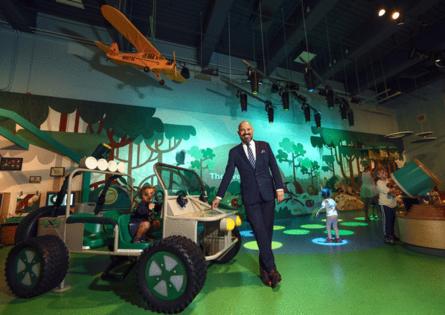

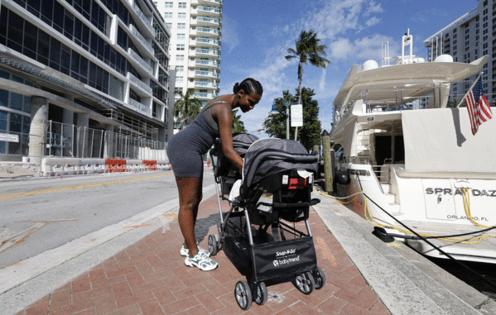




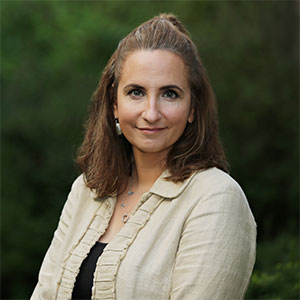
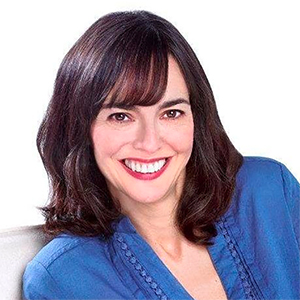


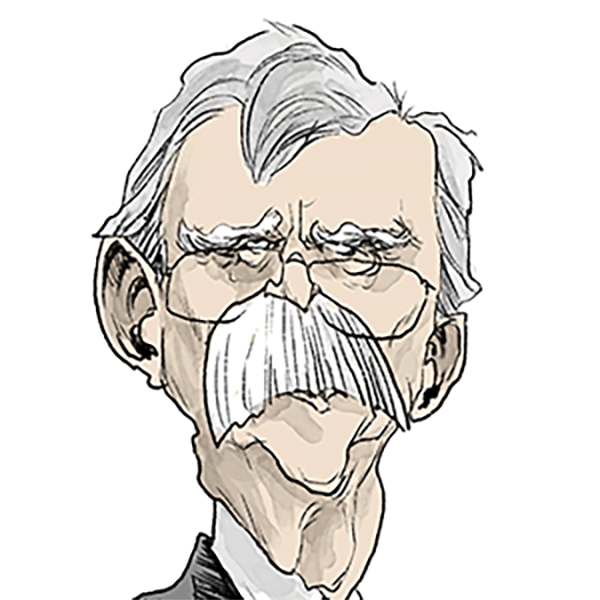



Comments